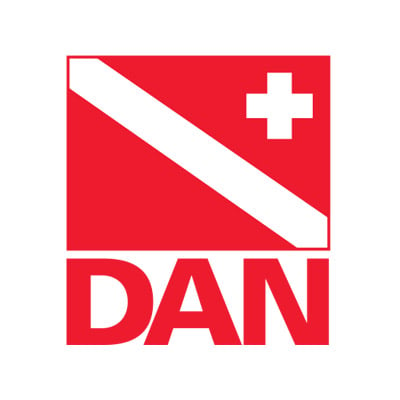Be Prepared And Aware
DAN World's top tips for safe diving

As we enter the warmer months, now is a great time to reset and prioritise planning and preparedness to ensure another safe year of diving.
Expect the expected - and the unexpected
The more you know about your upcoming dives, the better off you’ll be. Look at recent reports and forecasts about the site’s weather and sea state, and ask yourself: Are your current skills and fitness up to the task?
Currents, temperature and visibility change daily, so it’s important to know what you should be prepared for. A change in one or more of these variables could have a significant impact on your experience of the dive.
Limit distractions
While multitasking can be an easy way to get tasks done quickly, it can come at the expense of doing things well. It’s also important to limit distractions and prioritise tasks based on their importance. A great example would be avoiding assembling gear during a dive briefing.
Make a list
While they may sound like a nuisance, checklists not only ensure tasks are completed but also serve as a form of accountability. When completed before dives, checklists have been shown to reduce errors and accidents, improve performance, and enhance safety — for both divers and dive operators.
Standard predive procedures include review of equipment, the dive plan and responses to emergency events:
- BWRAF: BCD, weights, releases, air and final OK
- SEABAG: Site survey (entry, exit, hazards, etc.), emergency (preparation, equipment, etc.), activity (planned dive), buoyancy, air and gear and go.
Drill your skills
Are you ready to take action in the event of an emergency?
As a diver, you understand the risks that exist, but knowing is just part of the battle. From implementing the right first aid skills to simply keeping calm, how you respond in an emergency is imperative.
EAPs
Emergency action plans (EAPs) are essential risk mitigation tools used by dive operators and professionals — but they are useful for recreational divers, too. While there is no one-size-fits-all format for an EAP, a personal EAP should consist of details about how to handle both medical and non-medical events. Actions taken may vary depending on the event, the location, and the individual — some situations may warrant calling for help first, while others may involve immediate provision of first aid. The EAP should include emergency equipment such as first aid kits, oxygen units, means of communication (and along with them, information such as phone numbers of local hospitals).
An EAP should be realistic enough that you can follow it, and it should be able to be adapted based on your location and circumstances.
Use your voice
Your voice is a powerful tool in keeping you, your dive buddy and everyone in your group safe throughout the dive. If at any point you feel uncomfortable with or underprepared for the dive, call it off.
Beyond the dive, if you see something concerning about your dive operator, the conditions, how your buddy assembles gear, or anything else, say something.
Keep learning
Knowledge is power, and it’s important to stay proficient and skilled, whether you’re interested in pursuing an advanced certification or just want to keep the rust at bay.
Worth the work
All these precautions and protocols may sound cumbersome, but it’s amazing how quickly they can become second nature.
A reminder that DAN offers the diving community an extensive range of free diving health & safety materials, guides, courses and webinars, so take some time to explore World.DAN.org.
Read more from
DAN World
Divers Alert Network (DAN) is the world’s most recognised and respected dive safety organisation, having remained committed to the health and well-being of divers for 40+ years.


